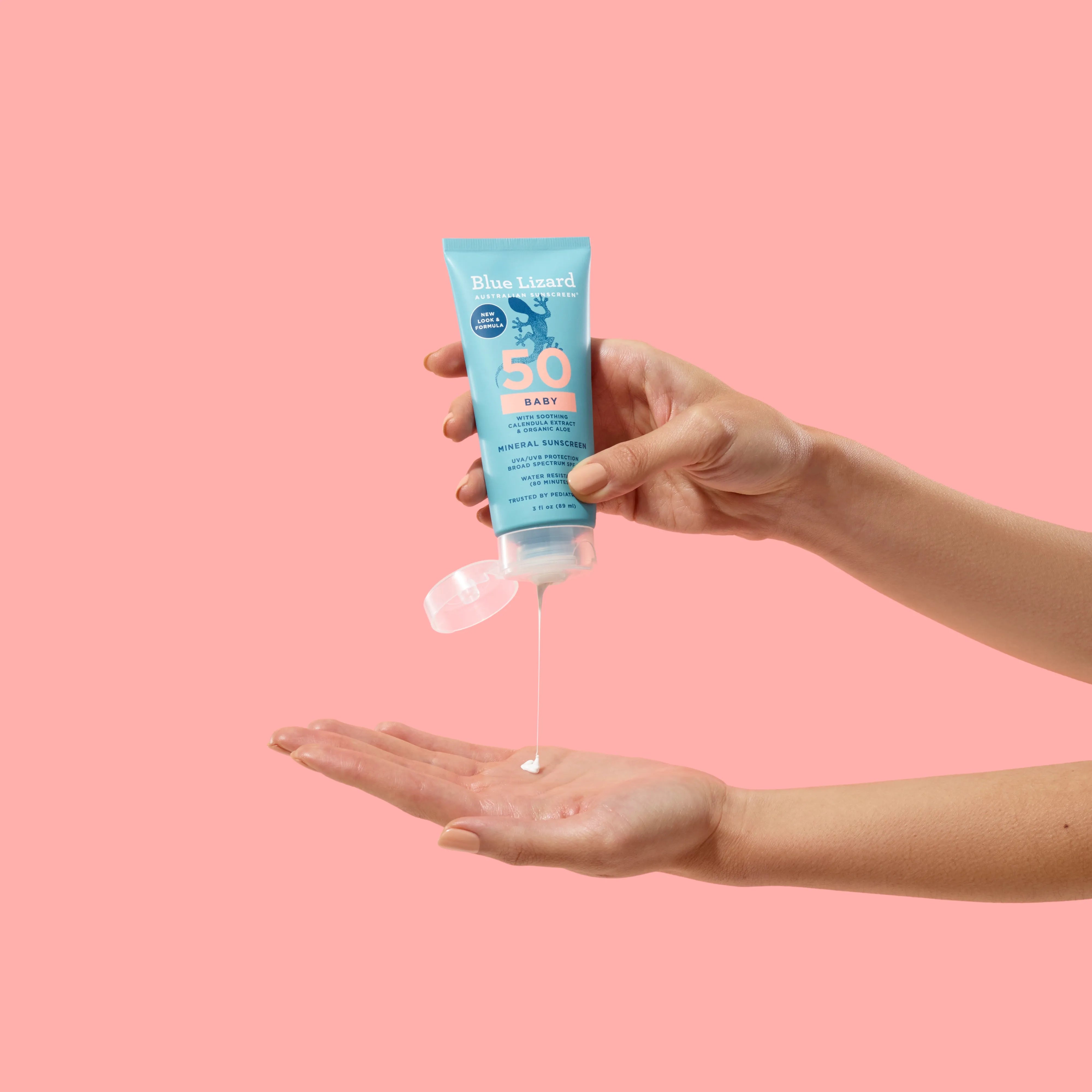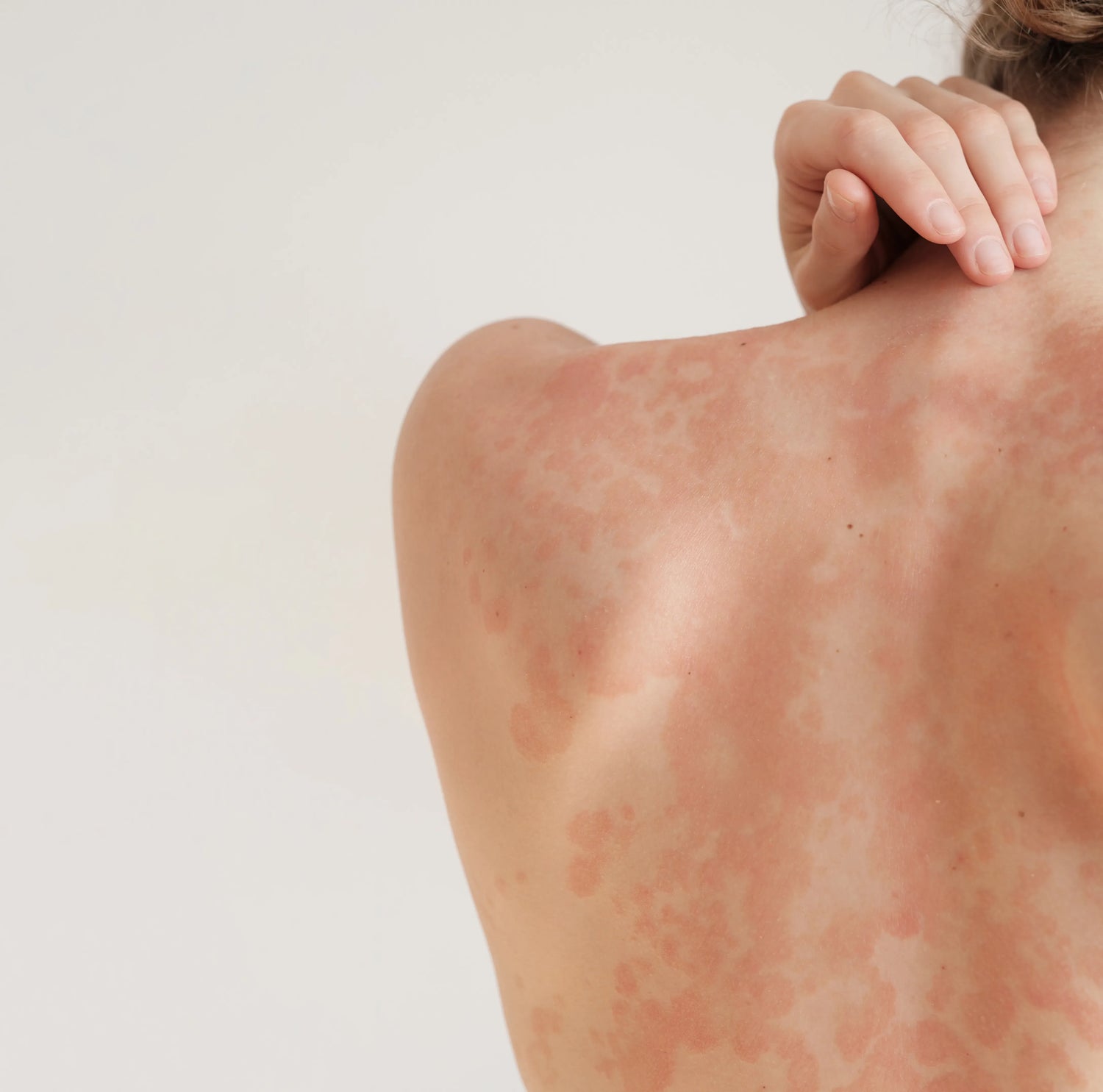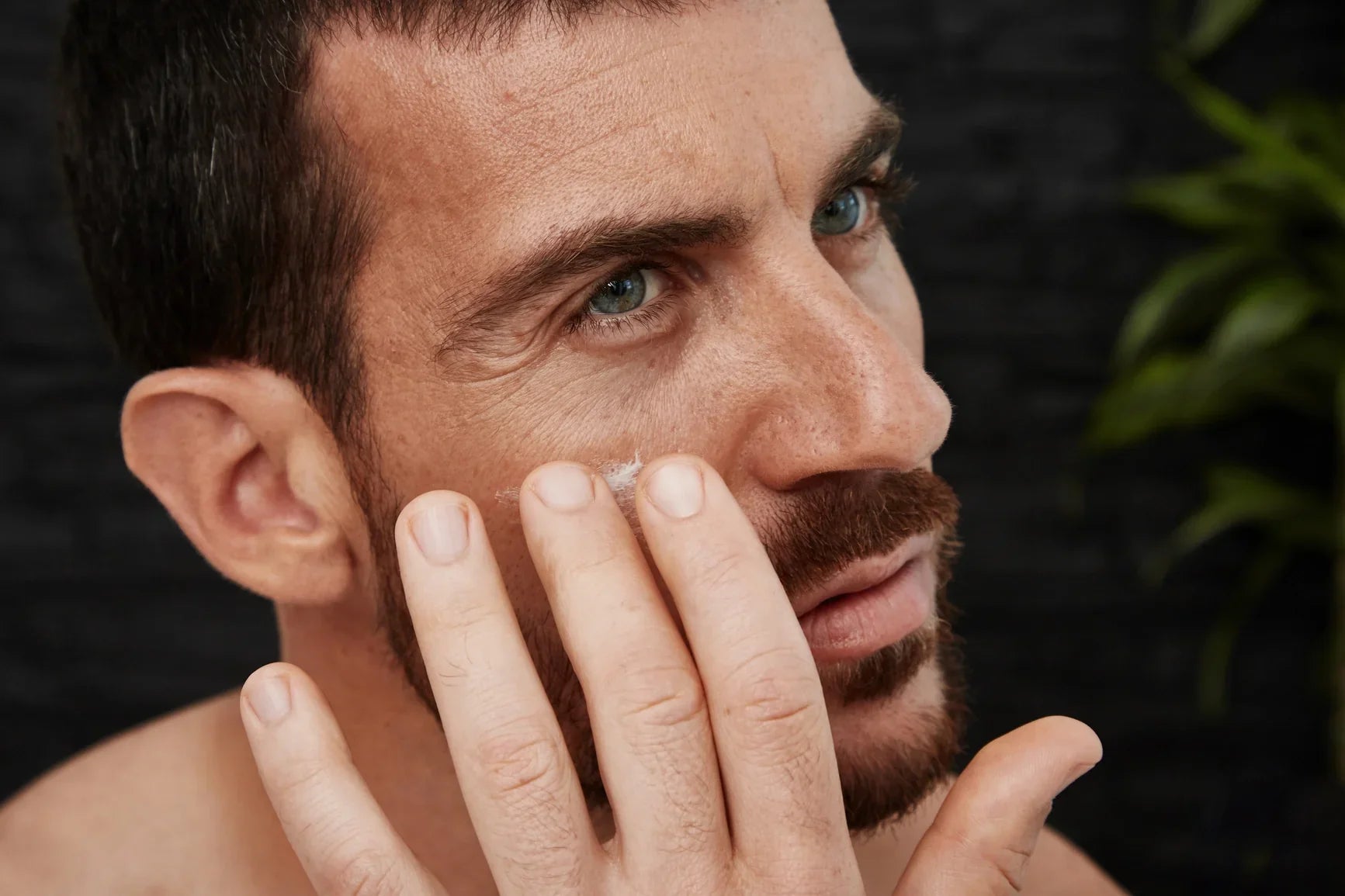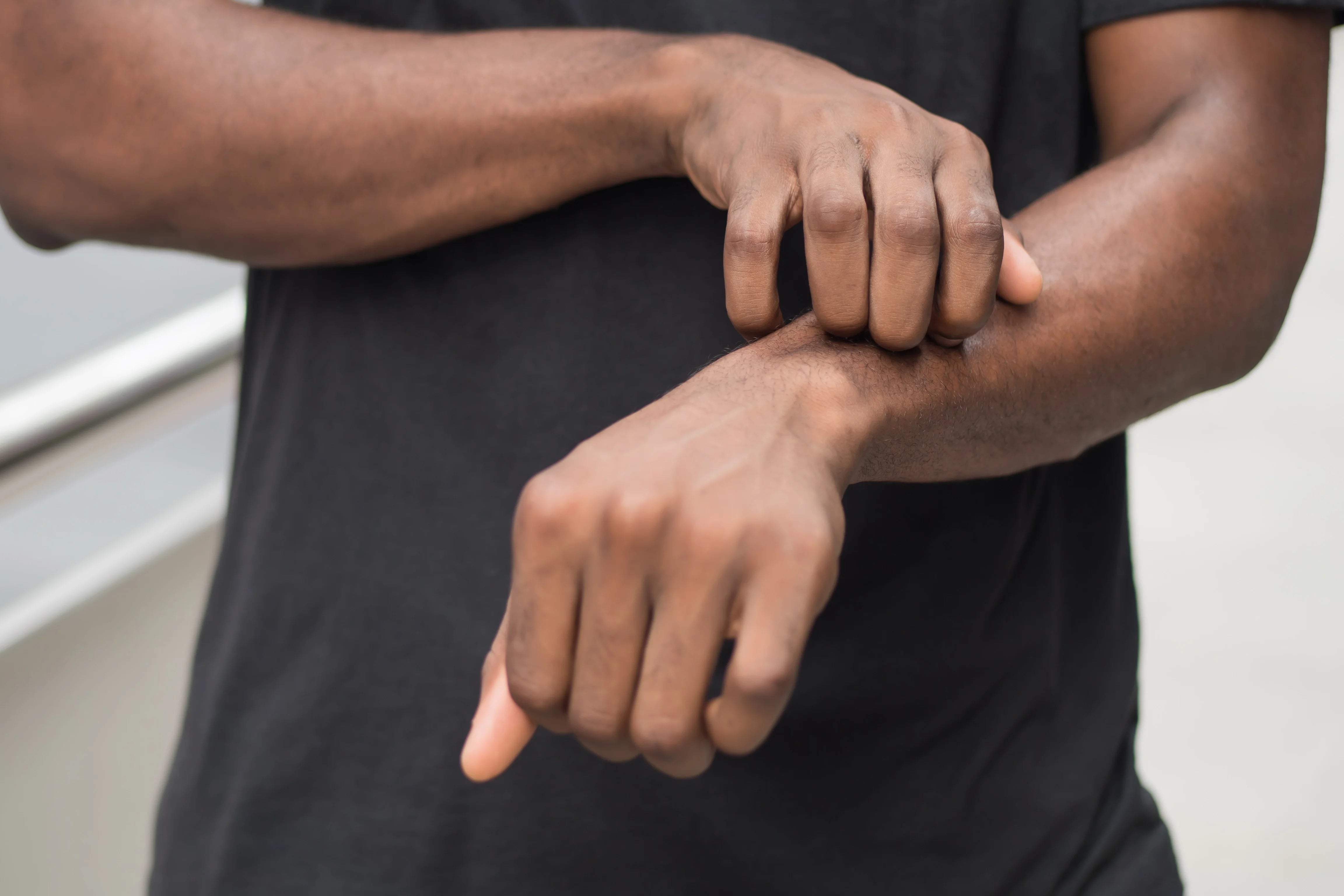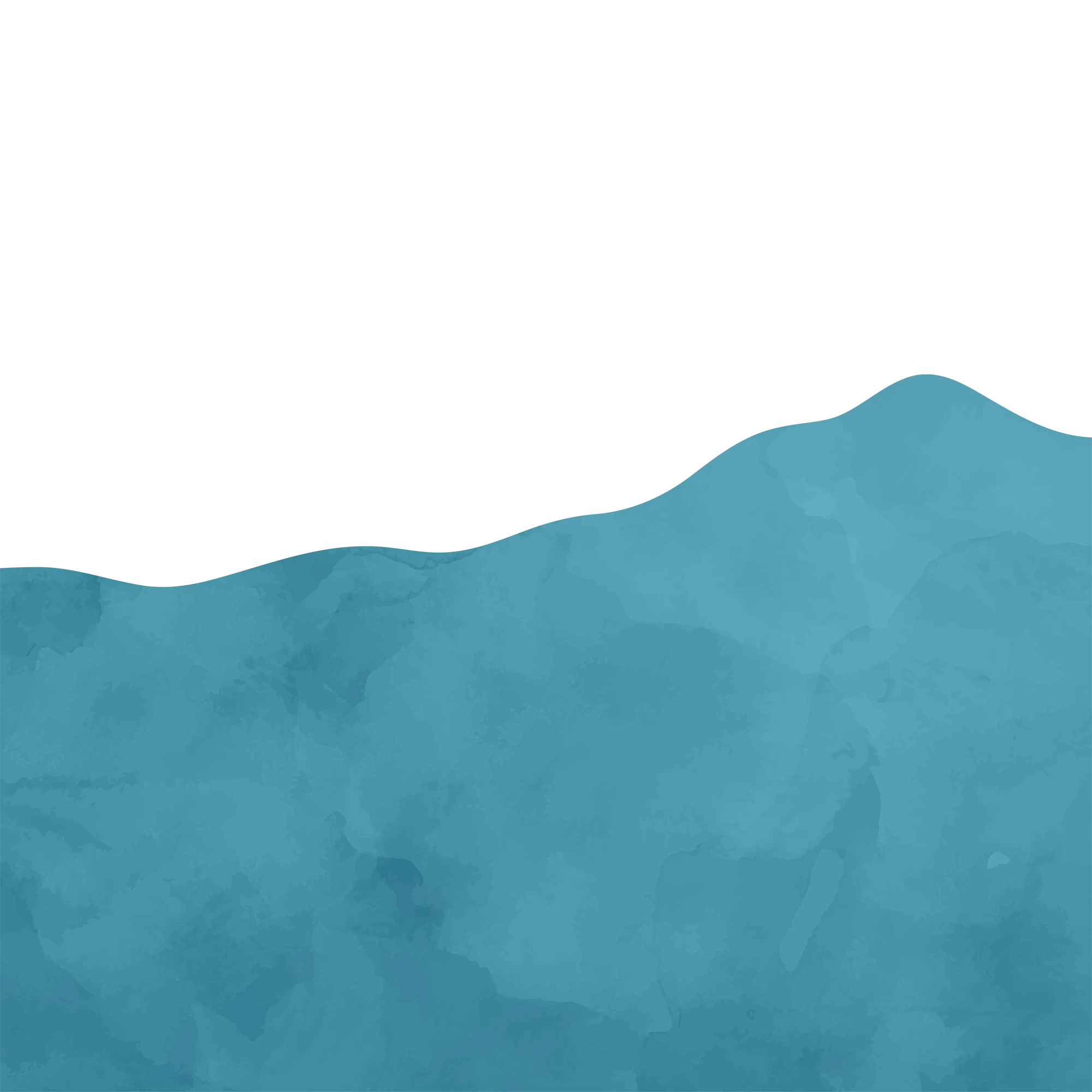If you have a red, scaly rash that itches like crazy, you probably have a form of contact dermatitis. When your skin comes in contact with something it doesn’t like – poison ivy, for example – it becomes inflamed, sometimes to the point of blistering. If the inflammation continues over time, your skin can even become cracked and scaly.
There are several different types of dermatitis including contact dermatitis, atopic dermatitis and seborrheic dermatitis.
Contact dermatitis
The most common type of dermatitis is contact dermatitis, which can be caused by an allergic reaction or skin damage from an irritant. Common causes include fabrics, household cleaning products, cosmetics, workplace chemicals, metals and plants. Because contact dermatitis is caused by an irritant, the first step in treatment is to wash the affected area thoroughly. Wet dressings may help reduce itching and drying, and anti-itch creams may help relieve the symptoms. Be careful though -- some over-the-counter drugs can actually increase the symptoms. If the rash is caused by inflammation, you may need a corticosteroid cream. Identifying the cause of the irritation is vital; the dermatitis will continue to reoccur as long as you come in contact with the irritant.
Atopic dermatitis
Atopic dermatitis shows up on the skin of infants as itchy, dry, scaly patches of skin, usually the cheeks and head. As children get older, it moves to the creases of elbows and knees. Atopic dermatitis, though incurable, can be managed by avoiding case-specific environmental triggers and things that dry your skin, i.e. chlorinated swimming pools, fragrances in lotions and soaps, or rough materials such as wool. Stress can also make atopic dermatitis worse, as can sudden temperature changes. Oatmeal baths can help reduce the aggravating itch that accompanies dermatitis.
Seborrheic dermatitis
Dandruff and cradle cap in infants are examples of seborrheic dermatitis, caused by the overproduction of oil by the sebaceous glands. Dandruff shows up as white flakes of dry skin on the scalp while babies three months and younger often get cradle cap: crusty yellow or brown scales on their scalp. It usually goes away before they're a year old, although it can come back when they reach puberty. Sometimes, seborrheic dermatitis will clear up by itself. More often, it's a lifelong issue that clears and flares. It can last for years at a time, but you can control it with good skin care and specially formulated shampoos for dandruff.
Although it is itchy and uncomfortable, in most cases, dermatitis is not serious. However, if you begin to have difficulty breathing or swallowing, your heart rate speeds up and you notice swelling at the site of the irritation, you may be having a severe allergic reaction to something. In this instance, get medical help immediately.
